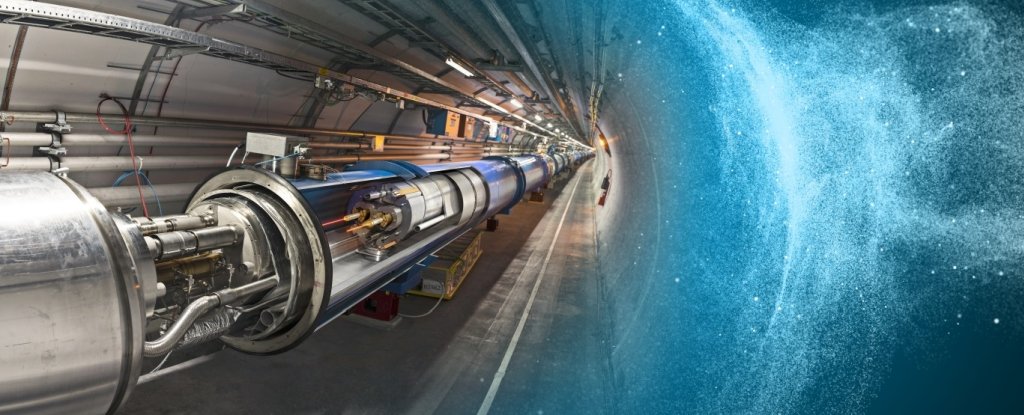CERN Scientists Say the LHC Has Confirmed Two New Particles, and Possibly Discovered a Third

The Large Hadron Collider is at it again, showing us new wonders in the world of particle physics. Scientists working on the Large Hadron Collider beauty (LHCb) collaboration have observed two new particles that have never been seen before – and seen evidence of a third. The two new particles, predicted by the standard quark model, are baryons – the same family of particles as the protons used in LHC particle acceleration experiments.
Baryons are what most of the Universe is made up of, including protons and neutrons – composite particles consisting of three fundamental particles called quarks, which have different ‘flavours’, or types: up, down, top, bottom, charm, and strange. Protons consist of two up quarks and one down quark, while neutrons consist of one up quark and two down quarks, for instance. But the two new particles discovered have a slightly different composition.
Named Σb(6097)+ and Σb(6097)-, they consist of two up quarks and one bottom quark; and two down quarks and one bottom quark, respectively. These particles are known as bottom baryons, and they are related to four particles previously observed at Fermilab. However, the new observations mark the first time scientists have detected these higher-mass counterparts; they are about six times more massive than a proton.
Source: sciencealert.com